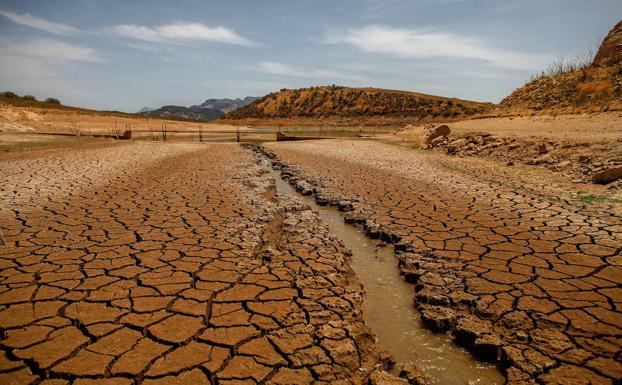Pakistan is among the countries most affected by climate-driven extreme weather events, including earthquakes, landslides, and water scarcity, the World Bank said. In its report “Evidence-based targeting of infrastructure investments, a model for accessibility to services in Pakistan’s rural communities”, the Bank ranked Pakistan fifth globally in vulnerability to such events.
The report highlights the urgent need for resilient infrastructure and smarter investment strategies to protect rural populations. It notes that road maintenance budgets are often prepared using visual inspections, a subjective method that can be influenced by political considerations. Most road agencies also lack sufficient revenue streams from tolls or rights-of-way, leaving them dependent on shrinking public-sector development budgets.
Geography, transport infrastructure, service availability, and urban-focused transportation contribute to disparities in access to schools, health facilities, and markets. These gaps are most pronounced in rural areas, where challenging terrain, poor road conditions, and fewer services reduce economic opportunities for the country’s 62 percent rural population.
The report cites the 2022 floods as a case study, during which one-third of Pakistan was submerged, 33 million people were affected, eight million displaced, and 2.2 million homes and 13,000 kilometers of roads were destroyed. The disaster underscored the need for evidence-based investment tools that consider multiple sectors and prioritize the most deprived areas.
Road transport dominates Pakistan’s mobility landscape, accounting for roughly 95 percent of passenger and freight movement. This heavy reliance, combined with inefficiencies in the trucking sector, contributes to the rapid deterioration of provincial road networks. Provinces, on average, allocate only 20 to 30 percent of required maintenance budgets, leaving infrastructure expansion and upkeep underfunded.
The Bank recommends targeted infrastructure investments to expand and maintain the rural road network, improve accessibility, and bridge gaps in essential services. Such measures, it notes, can support poverty reduction, human capital development, and broader economic growth by connecting marginalized communities to opportunities.




